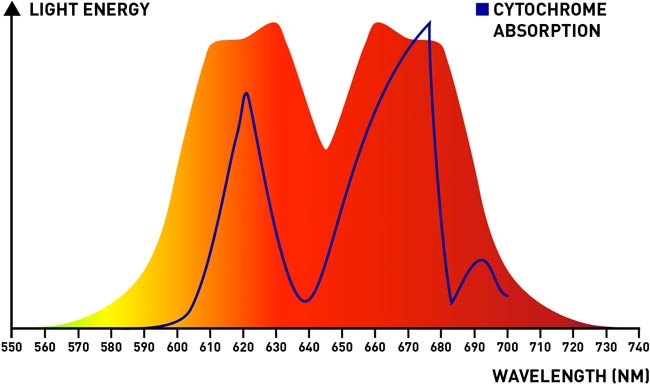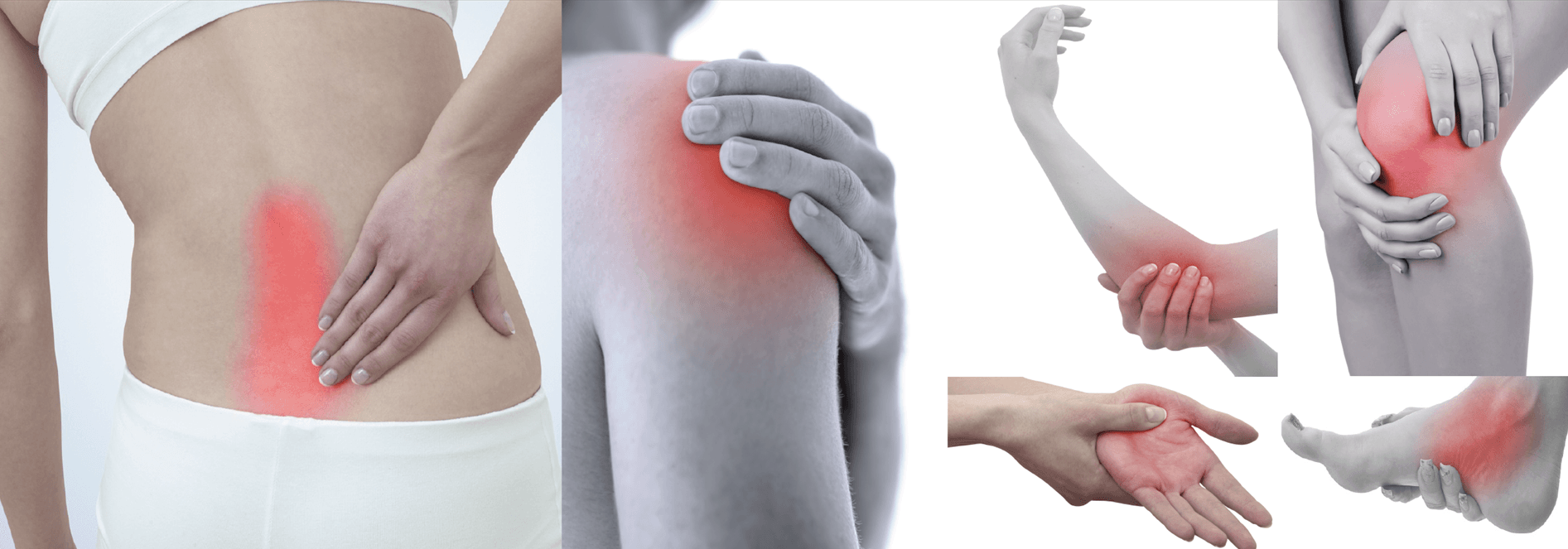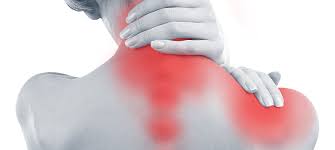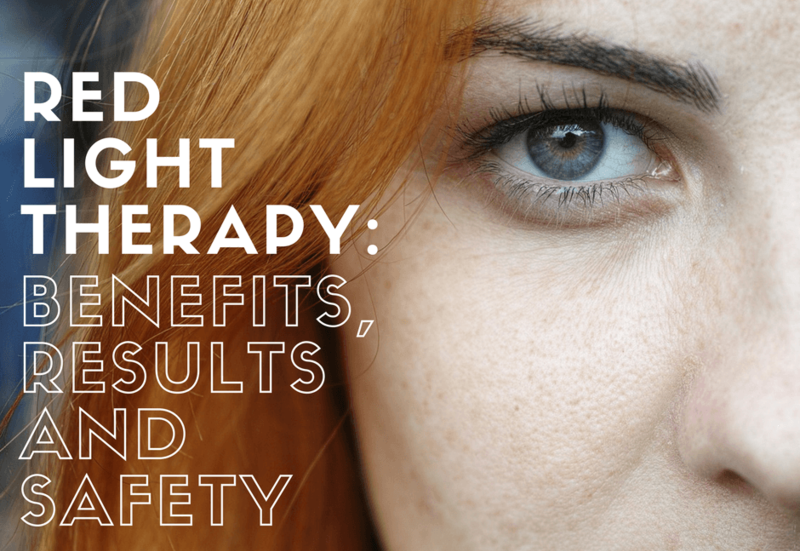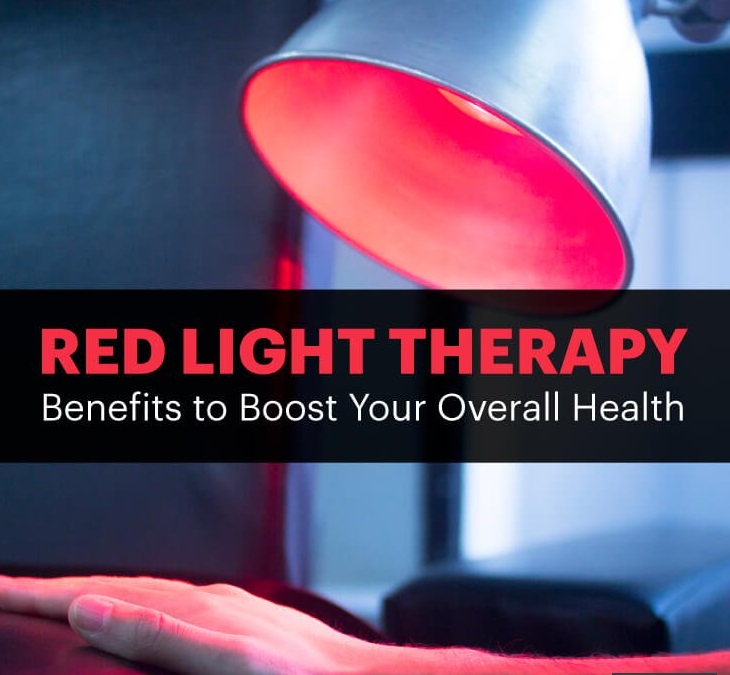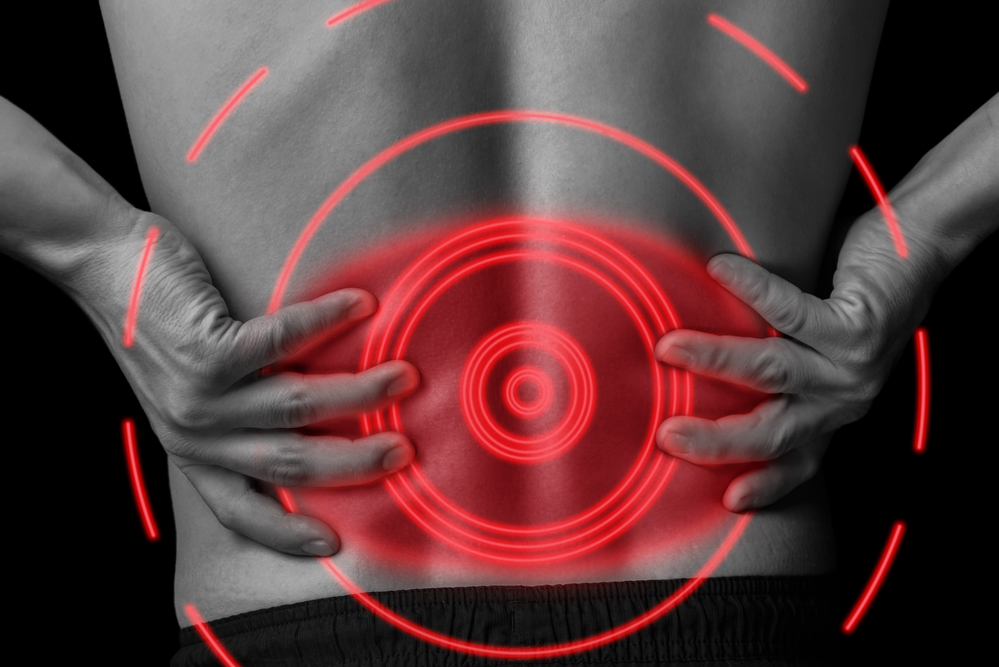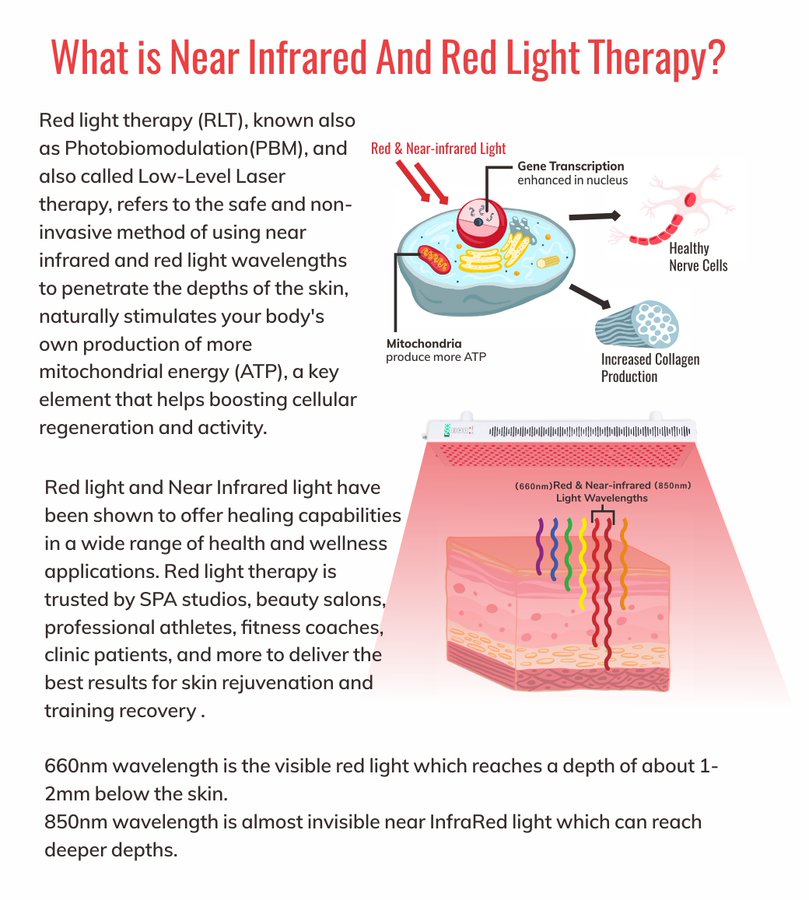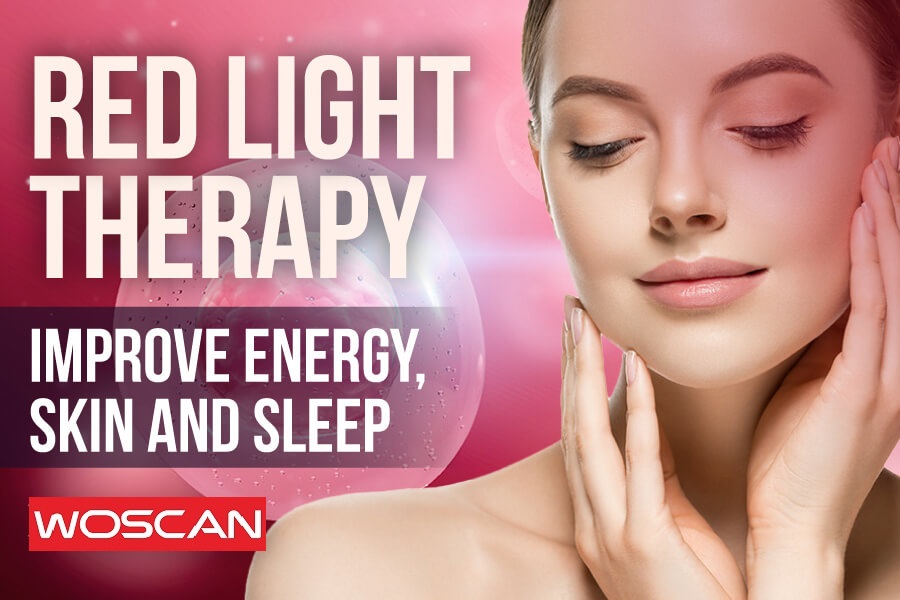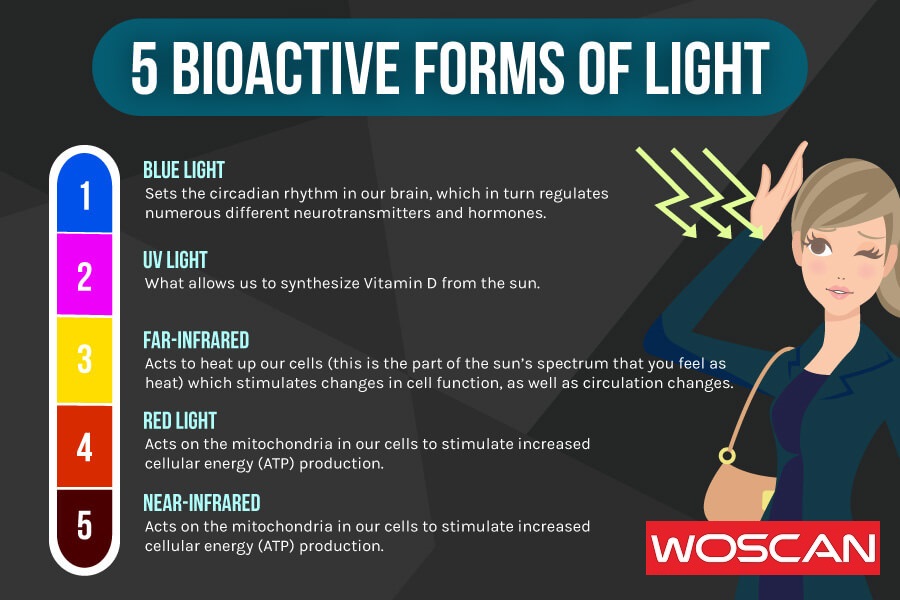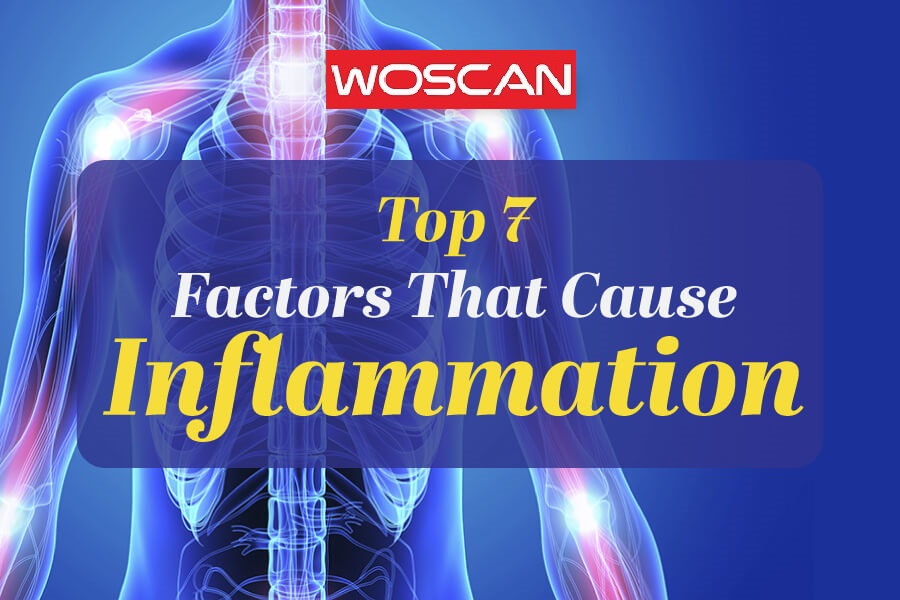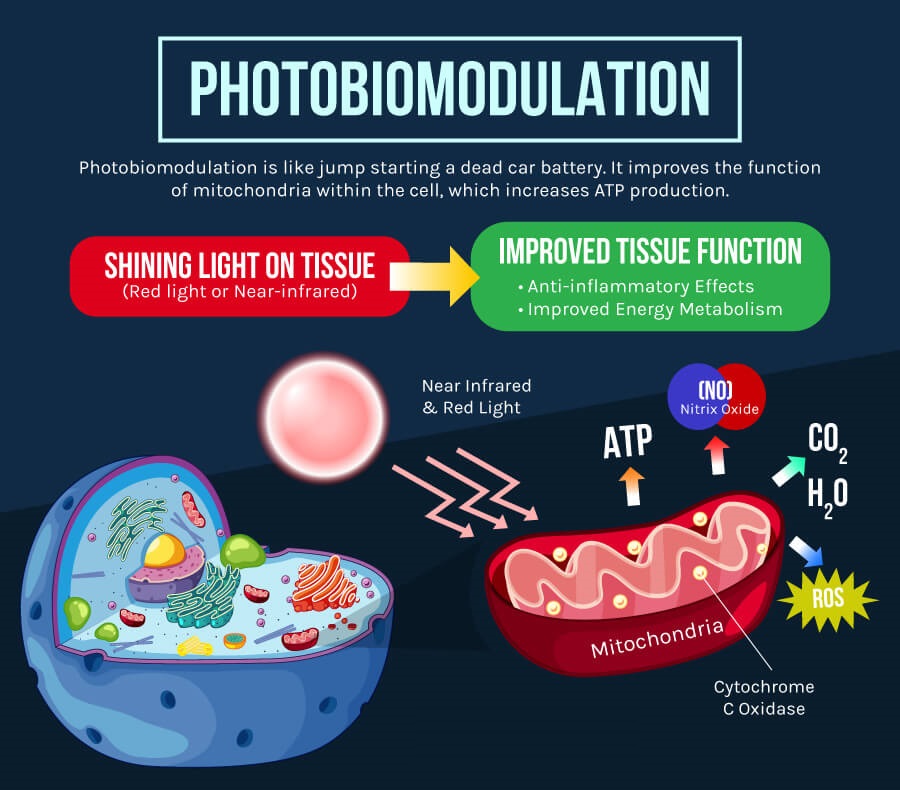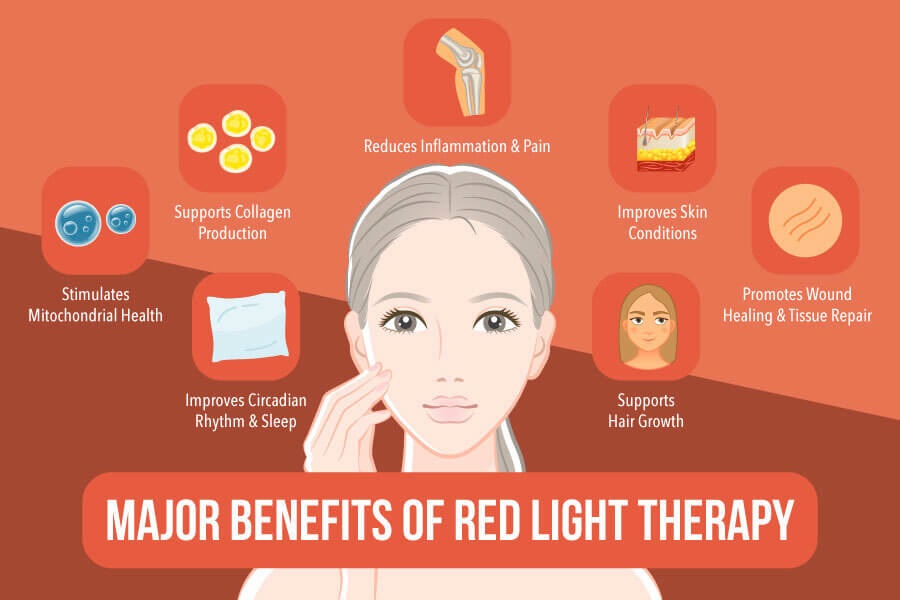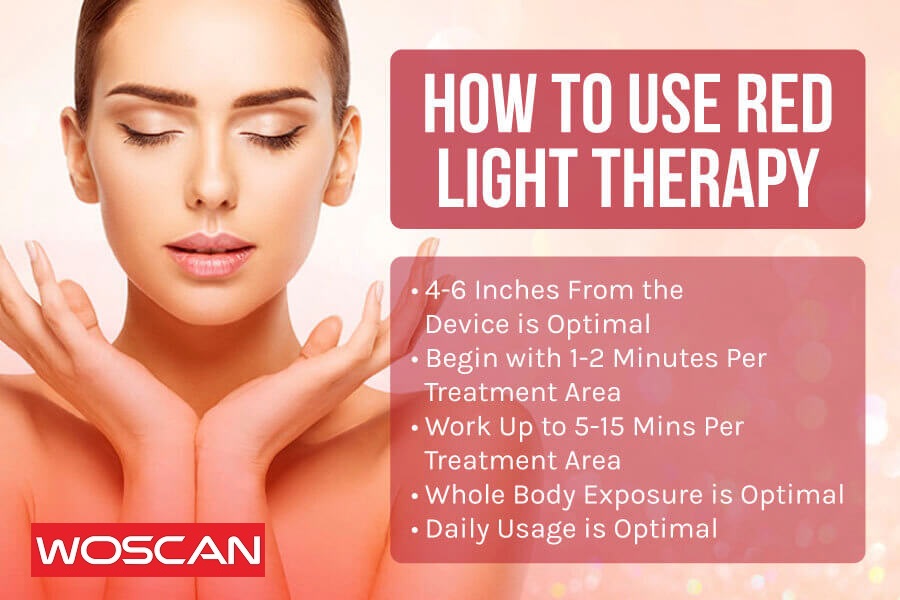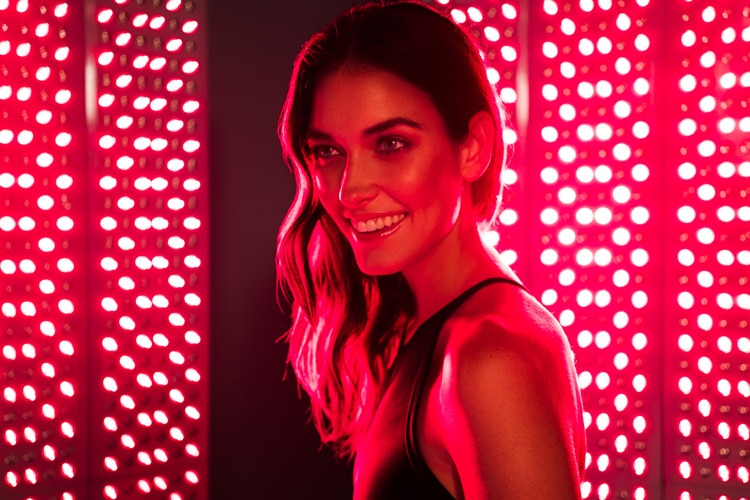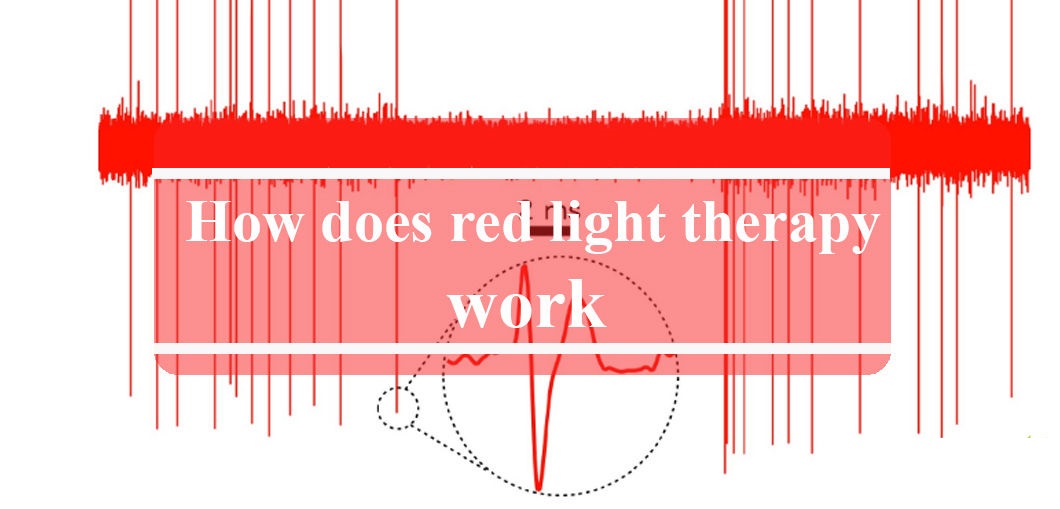
Red light is thought to work by producing a biochemical effect in cells that strengthens the mitochondria. The mitochondria are the powerhouse of the cell — it’s where the cell’s energy is created. The energy-carrying molecule found in the cells of all living things is called ATP(adenosine triphosphate).
By increasing the function of the mitochondria using RLT, a cell can make more ATP. With more energy, cells can function more efficiently, rejuvenate themselves, and repair damage.
RLT is different from laser or intense pulsed light (IPL) therapies because it doesn’t cause damage to the skin surface. Laser and pulsed light therapies work by causing controlled damage to the outer layer of the skin, which then induces tissue repair. RLT bypasses this harsh step by directly stimulating regeneration of the skin. The light emitted by RLT penetrates roughly 5 millimeters below the skin’s surface.
How is red light therapy used?
Ever since the initial experiments in space, there have been hundreds of clinical studies and thousands of laboratory studies conducted to determine if RLT has medical benefits.
Many studies have had promising results, but the benefits of red light therapy are still a source of controversy. The Centers for Medicare and Medicaid Services (CMS), for example, has determined that there isn’t enough evidence to show that these devices are better than currently existing treatments for treating wounds, ulcers, and pain.
Additional clinical research is needed to prove that RLT is effective. At the moment, however, there’s some evidence to suggest that RLT may have the following benefits:
- promotes wound healing and tissue repair
- improves hair growth in people with androgenic alopecia
- help for the short-term treatment of carpal tunnel syndrome
- stimulates healing of slow-healing wounds, like diabetic foot ulcers
- reduces psoriasis lesions
- aids with short-term relief of pain and morning stiffness in people with rheumatoid arthritis
- reduces some of the side effects of cancer treatments, including oral mucositis
- improves skin complexion and builds collagen to diminish wrinkles
- helps to mend sun damage
- prevents recurring cold sores from herpes simplex virus infections
- improves the health of joints in people with degenerative osteoarthritis of the knee
- helps diminish scars
- relieves pain and inflammation in people with pain in the Achilles tendons
Currently, RLT isn’t endorsed or covered by insurance companies for these conditions due to lack of sufficient evidence. Although, a few insurance companies now cover the use of RLT to prevent oral mucositis during cancer treatment.
Side effects
Red light therapy is considered safe and painless. However, there have been reports of burns and blistering from using RLT units. A few people developed burns after falling asleep with the unit in place, while others experienced burns due to broken wires or device corrosion.
There’s also a potential risk of damage to the eyes. Although safer on the eyes than traditional lasers, proper eye protection should always be used while undergoing red light therapy.By NASA Spinoff/Posted in NASA Technology Transfer Program


